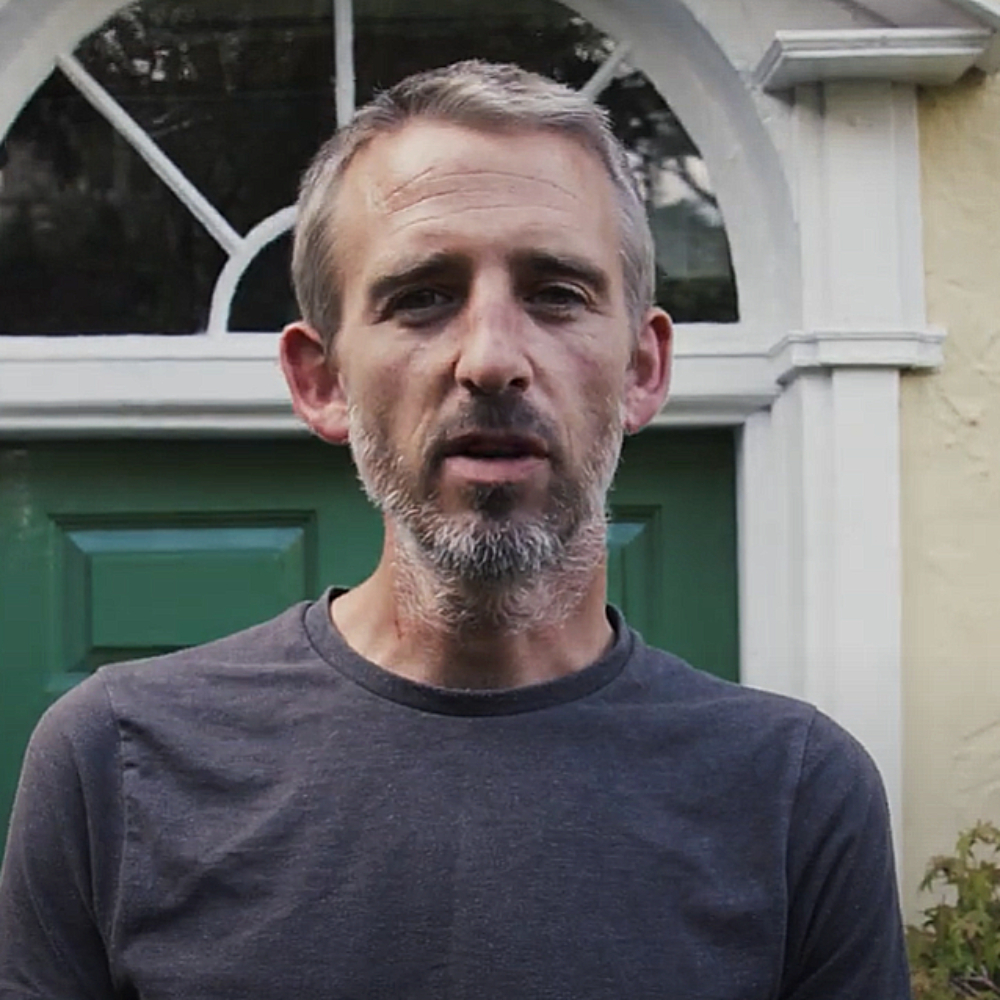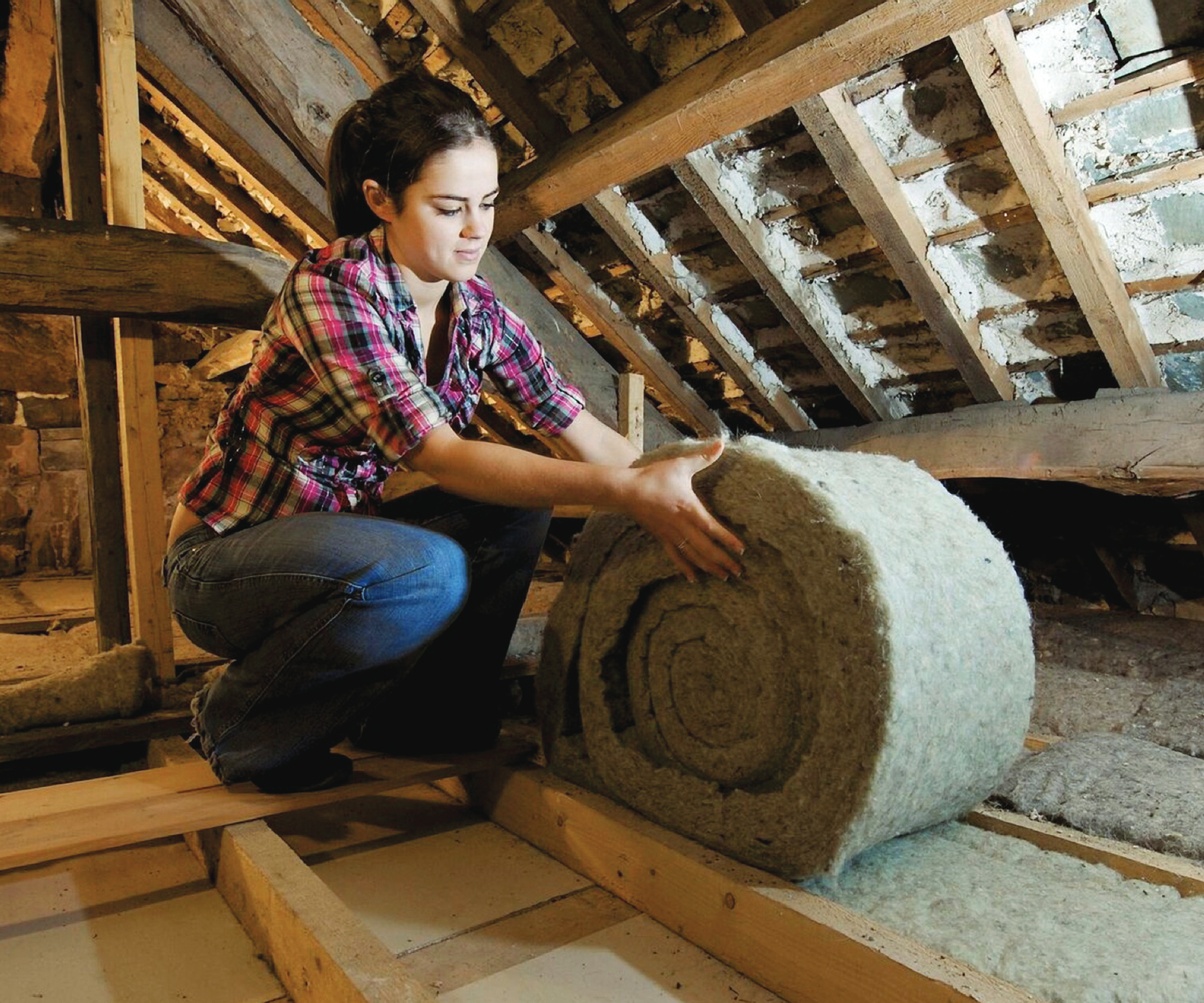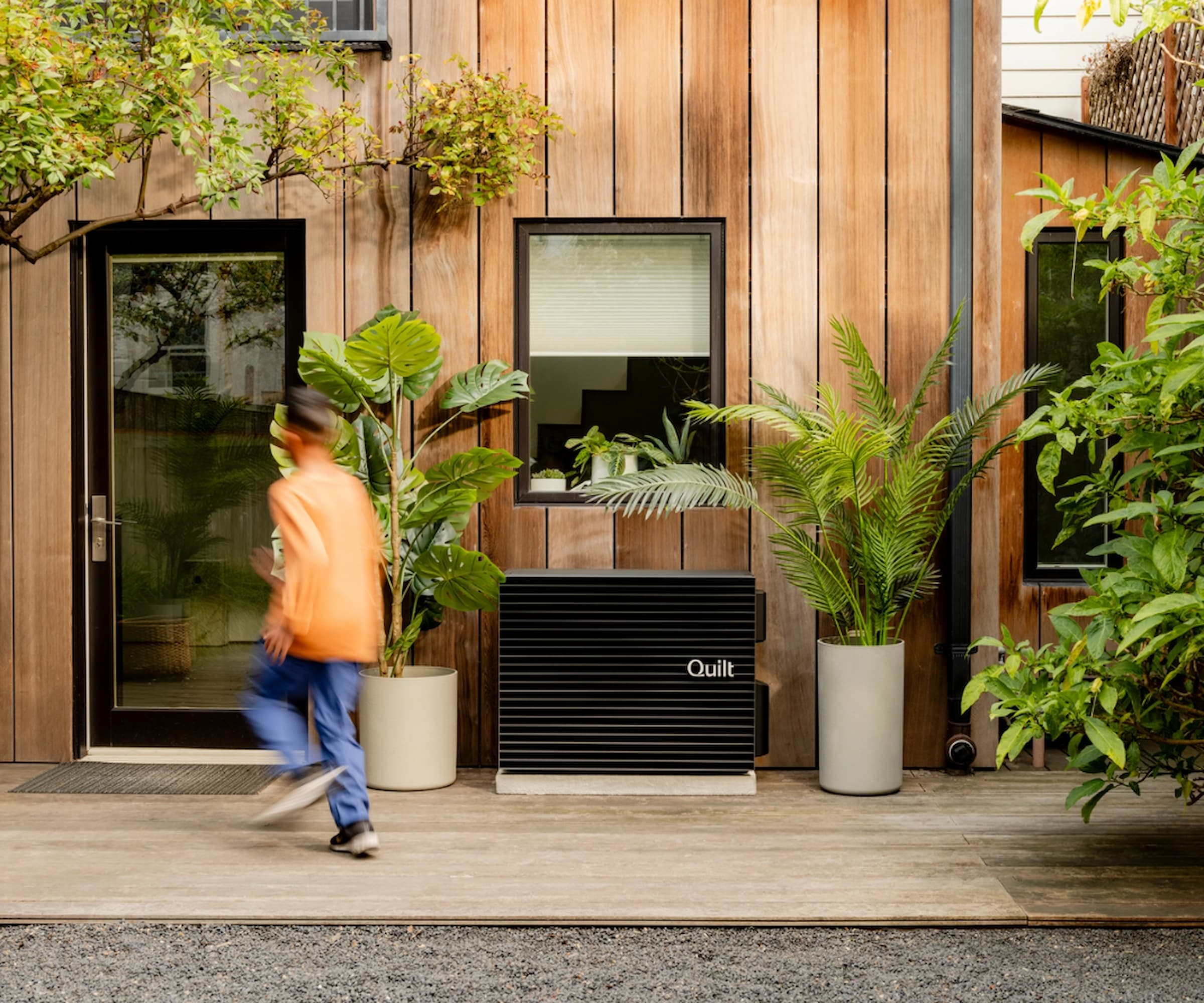Is my home suitable for a heat pump? A five-point checklist
If you're wondering is my home suitable for a heat pump, we've created a five-point checklist to help you figure it out

Is my home suitable for a heat pump is often the first question asked by homeowners who are investigating how to choose heat pumps.
While Bean Beanland, director for growth & external affairs at the Heat Pump Federation confidently tells us, "if you can heat a building with a boiler, you can heat it with a heat pump," the fact is you will still need to take into account your home's structure, design and type in the same way you would when installing any new heating system.
To help you establish the key areas that need consideration, we've compiled a five point checklist to help you identify just how suitable your home is.
Is my home suitable for a heat pump? Why you need to get it right
While there's no denying the environmental benefits of switching from fossil fuels to more sustainable heating systems, you'll still want to know investing in a heat pump means saving money in the long run.
With gas and electricity prices still at inflated levels, regardless of whether you're installing an air source heat pump in a new self-build or considering a ground source heat pump, giving your new system the best chance of succeeding will naturally result in a more efficient and cost-effective solution.
And while a fully insulated, draught proof, double glazed property will result in the lowest running costs, it doesn't always have to be a mandatory pre-requisite to installing a heat pump. A fact worth knowing if you are considering a retrofit solution as opposed to adding one to a new self-build.
"Your home still needs to be reasonably well insulated," says Steve Cole, retrofit coordinator at the Centre for Sustainable Energy, "and the more you can reduce a home’s heating demand through insulation and airtightness, the better. But it doesn’t mean you can't get a heat pump without doing all this."
Bring your dream home to life with expert advice, how to guides and design inspiration. Sign up for our newsletter and get two free tickets to a Homebuilding & Renovating Show near you.

Steve has worked across various domestic retrofit projects and has over 18 years’ experience working in construction in England, Wales, and Ghana. Over the years he has worked at various levels, from labourer to site and project management, for charities, private individuals, and for both private and public companies.
1. Insulation
Dan Hopcroft, Zero Carbon Homes director at EDF explains why insulation is important.
"We recommend that your home is reasonably insulated before your heat pump installation, because any property will be more efficient to heat if it is properly insulated, whether this is with a heat pump or a gas boiler.
"We also size the heat pump to match the requirements of the property," says Dan, "so it is ideally best to get the insulation completed first because it still means you could require a smaller capacity heat pump."
However, although homes with a full home insulation package will naturally have lower heating costs, as technology has improved, the guidelines have also relaxed a little.
While the first heat pump models only operated at low temperatures which was challenging due to the size of the emitters needed, or the size of the heat pump required, high temperature heat pumps which can provide more heat to smaller emitters has provided more options - especially in older properties.
"The ‘fabric first’ approach to heat pump installations is great for modern properties built with cavity wall insulation, double glazing and loft insulation," says Tom Coles, managing director for Mitchell & Dickinson, but has led to the question as to whether heat pumps are suitable for old homes.
Steve Cole's advice regarding insulation? Don't just take a building's EPC rating as the true picture of how airtight and well insulated your home is. Adding insulation can be expensive and could be something you do at a later date.
"Invest in a heat loss survey which will give you a true picture of the thermal efficiency of your home," says Steve. "In one case study we did here at CSE for example, an 18th-century listed cottage performed better than expected in heat loss tests and was therefore suitable for a heat pump."
The good news is, even if you do have to install a high temperature heat pump and you improve your insulation later on, it will run at a lower temperature to help reduce costs once your home improvements are complete.


Dan is responsible for both the development and sales of EDF’s zero carbon proposition, plus meeting the company's government obligations on ECO and the Great British Insulation Scheme. Dan has a long-standing interest in how consumers make decisions and relishes the chance to play his part in helping Britain Achieve Net Zero.

Tom has over 18 years’ experience in design and management of complex bespoke projects. He joined Mitchell & Dickinson in 2016 as a Project Manager and rose quickly to undertake surveys, then installation, design and technical surveying. He took on management of the company’s most pioneering and complex projects before taking the reins as Managing Director in 2019.
2. Windows & glazing
If you are adopting Passivhaus principles in your self-build, you'll naturally be building a home with the types of energy efficient windows such as triple glazing that will laugh in the face of draughts. But, "the cold and draughts from single-glazed windows in a period property will be felt when you’re living in a house even with the most diligently sized heat pump," says Tom Coles.
"You don’t want to be paying for a bigger heat pump than you need or for the additional electricity required to keep it running, so it’s worth considering investing in draught proofing and secondary glazing in a period home, before or after you install the heat pump."
Steve Cole also suggests reducing heat loss though windows with double or secondary glazing, shutters and curtains, as well as adding a safe level of draught-proofing with the necessary home ventilation provision.

3. Style of house
As well as the age of your house, you'll also need to consider the style and type.
"Detached properties are easier to locate a heat pump, " says Tom Coles, "while flats are naturally more complex in terms of siting to allow sufficient space."
"Flats are also usually part of blocks that will require different permissions," says Steve Cole. "It will also depend on what current heating set up you have (do you already have radiators or do you have electrical heating) as to what may work best in each different type of building.
"We often get asked 'I live in a small flat. Can I get a heat pump?' Air-to-air heat pumps are most suitable for small flats. They cost around £4,000 to £6,000 to install, depending on size, which is much cheaper than an air-to-water heat pump, however, air-to-air heat pumps are not included in the Boiler Upgrade Scheme.
Air to air heat pumps are also known as air conditioners and it's important to also assess heat pumps vs air conditioners before making a final decision.
"The shape and detachment of your home also has a big impact on its fabric efficiency," adds Steve. "An older detached house will lose much more heat than a mid-terrace of the same size which means it can harder to run heat pumps efficiently in larger houses with lots of uninsulated external walls. But it is possible - you will just potentially need larger radiators or underfloor heating."
4. Outdoor space
If you are considering a ground source heat pump, outdoor space will be a pre-requisite. Although the pipework can be installed vertically below ground and doesn't always have to run horizontally, you can't have one without land so it's important to check how much space does a ground source heat pump need before considering one.
Although air source heat pumps are less cumbersome in size and don't require excavation of your garden to install one, they also come with their own set of outdoor space requirements.
"The air source heat pump needs to be within reasonable distance from your property," says Dan Hopcroft, "with a recommendation of no more than 15m of pipework between the heat pump and your property.
"We’d also recommend that the heat pump is not located near a bedroom window, opening doors or within 1m of your boundary wall. Some heat pumps need to be on a hard stand with enough space around it to allow for a good flow of air."
"Air source heat pumps are often rectangular in shape and size-wise, approximately 1.25m in length, 700 cm high and 40cm wide," says Hamid Salimi, residential product manager at Daikin. "Spacing is also equired for servicing and maintenance and in accordance with the manufactures instillation guidelines. Most modern heat pumps can be installed under a window sill as these will be under 1m high.
"Properties with limited outdoor space can also explore wall-mounted or rooftop options," he adds, "as with the adequate accessories which are supplied by manufacturers, a heat pump can be installed on the wall."

There are also boundary requirements to take into account if you have neighbours.
Although air source heat pumps are considered permitted development rather than requiring planning permission, you'll still need to be aware of boundary restrictions.
"In England, current permitted development allows us to install a heat pump 1m away from the boundary," says Dan Hopcroft. "In Wales, this is 3m, but is currently under review."
If you're dealing with a listed building, there are additional considerations says Tom Coles. "You’ll need to consider whether you have space to accommodate a heat pump, and where it will be located to give you best chance of getting listed building consent for the installation. A pump on the front of the house would not be acceptable as the heat pump resembles an air conditioning unit and is best placed at the rear of the property."
5. Indoor space
In addition to outdoor space, you'll also need to take into account your indoor space if you are considering a heat pump.
For a ground source heat pump, you may choose to locate the inside heat pump and water cylinder in a dedicated plant room for easy access. An air source heat pump on the other hand will usually only require a water cylinder and smaller control box, but can also be housed in a dedicated plant room if you are undertaking a self-build. Utility rooms can also make good locations.
"The space you need also depends on what system you currently have," says Steve Cole. "Space for a water tank will be needed but lots of homes historically have had these. You may also free up space by removing a noisy gas boiler that burns fossil fuels inside your home."
However, if you don't have a water tank or aren't removing a gas boiler, there are some additional points to bear in mind with the water cylinder.
"They are bigger than traditional immersion heater-style hot water tanks and even if you have an existing hot water cylinder, you may not be able to use it," says Tom Coles. "If there is no obvious location in the house it is ideally sited somewhere at least semi-heated, such as a garage. If you are replacing an existing smaller cylinder with a larger one for a heat pump they can often be located in the same space (perhaps inside an airing cupboard) with some modifications. But it needs to be thought through."
FAQs
Does the EPC rating of my home matter?
"Not really," says Dan Hopcroft. "We’ll undertake a full survey and base any decisions for the install on our calculations and findings."
Steve Cole agrees, saying if you are retrofitting, "don’t judge a building solely by its EPC rating. Instead, consider a heat loss survey to measure your home’s energy efficiency and see what type and size of heat pump could be suitable."
However, do remember that the EPC matters if you come to sell. "Installing environmentally friendly heating and energy solutions in your property makes it more attractive to buyers and can increase its value," says Hamid Salimi. "According to Rightmove, a property moving from an EPC rafting of F to a C could increase its value by an average of 15%, or almost £56,267 when looking at the national average asking price."
Think you might be ready to take the next step? Firstly find out what's fact or fiction when it comes to heat pump myths and then find out how much does it cost to install a heat pump and how to maintain a heat pump. Or, if you own a property next to water, take a look at water source heat pumps to see if they are a viable option.

Sarah is Homebuilding & Renovating’s Assistant Editor and joined the team in 2024. An established homes and interiors writer, Sarah has renovated and extended a number of properties, including a listing building and renovation project that featured on Grand Designs. Although she said she would never buy a listed property again, she has recently purchased a Grade II listed apartment. As it had already been professionally renovated, she has instead set her sights on tackling some changes to improve the building’s energy efficiency, as well as adding some personal touches to the interior.
